Lawrence has always punched above its weight when it comes to community projects, and the town of some 500 souls looks to be on the cusp of doing it again.
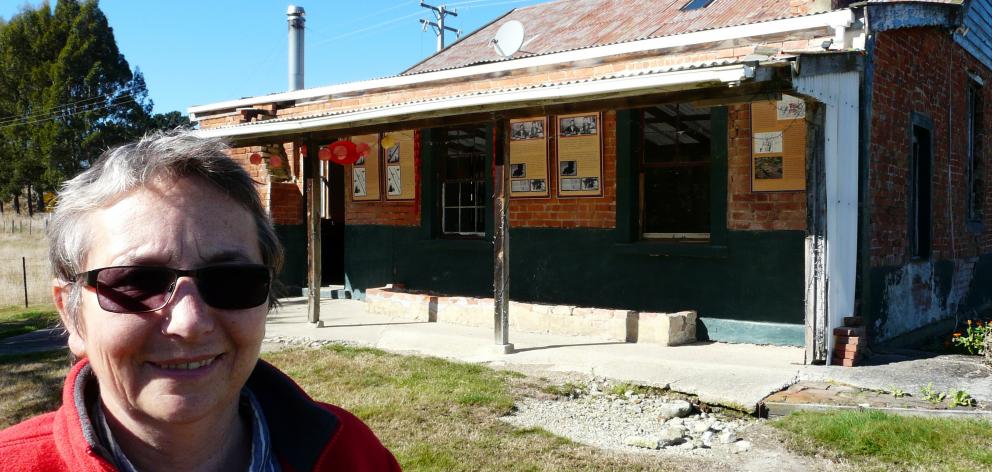
Ms Shaw became chairwoman of the Lawrence Chinese Camp Charitable Trust only last year, but has arrived with a fierce determination to see the cultural, historic and archaeological site well equipped to enter a third century and beyond.
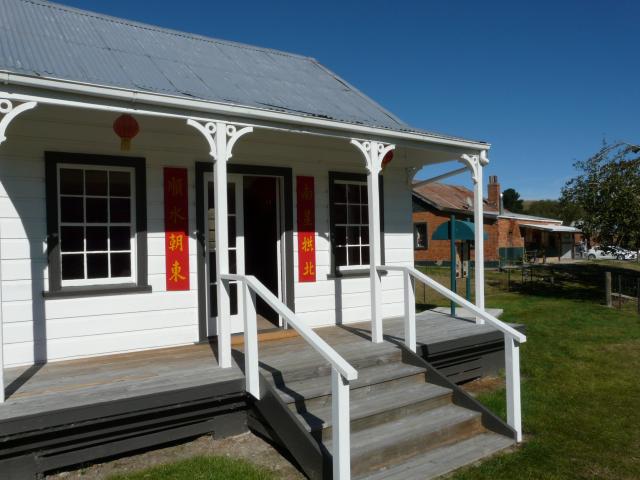
"The trust has done a great job, since it was established by Dr James Ng in 2004, in establishing the camp as an entity, quietly evolving projects like the Poon Fah/Joss House, and exploring the site's archaeology," Ms Shaw said.
"But we're now at a crossroads where we can stay static, do nothing, and watch our assets crumble, or step up and become a destination that can both sustain itself and be a future drawcard for Lawrence as a whole."
To that end, the trust was planning a two-stage, $4.5million transformation for the 150-year-old camp between now and 2025, which would see its facilities expand dramatically.
Stage 1 centred on a brand new visitor centre, allied with restoration of existing historical assets, Ms Shaw said.
"The visitor centre is key, as it allows for a range of activities and provides a focus for the new development. Our vision is for a big box, villa-style, verandahed building of about 500sqm, which will contain a conference room for 60, a small commercial kitchen, display and sheltered browsing areas, and a tourist shop. Once that's in place, you have a reason to come and make a visit of it, and other elements naturally follow."
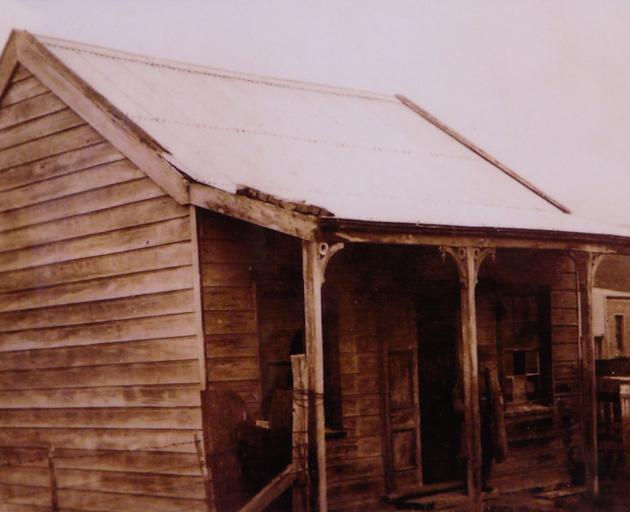
Capitalising on the camp's existing historic assets was crucial.
"We have the Chinese Empire Hotel which currently acts as a visitor centre, the Poon Fah House which was returned to the site in 2016, and has been partially restored, and the stables which are just storage at present. All of these need significant work to enhance their appeal as part of the overall attraction."
Artefacts discovered during digs at the site, such as opium pipes, coins, cooking and eating items and pottery are stored in Lawrence Museum.
A twin "holding" and display area would rehouse many of these, Ms Shaw said.
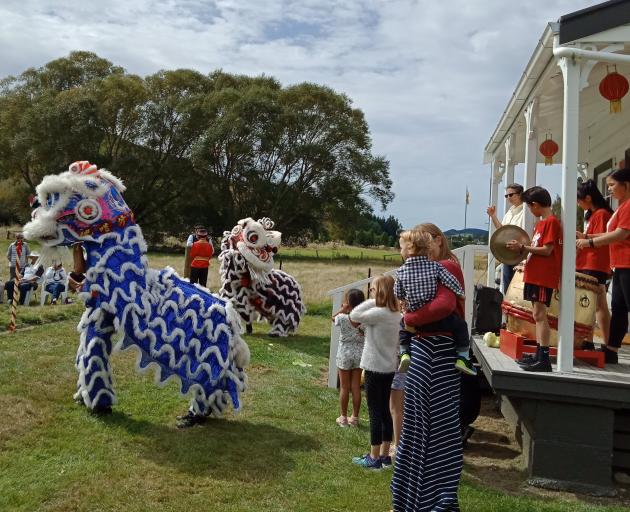
The camp already attracted significant numbers of visitors, bolstered by its prime location on State Highway 8 to Queenstown, and sitting hard by the Clutha Gold cycle trail, which enjoyed direct access to the rear of the site from the cycleway.
Ms Shaw was confident a visible, well promoted and signposted visitor attraction such as the planned complex would draw further passers-by through the gate, and act as a "go-to" destination in itself.
"We know visitors to Lawrence stay an average of 1.2 nights at present, and they're mainly domestic, and from Australia, China and Europe.
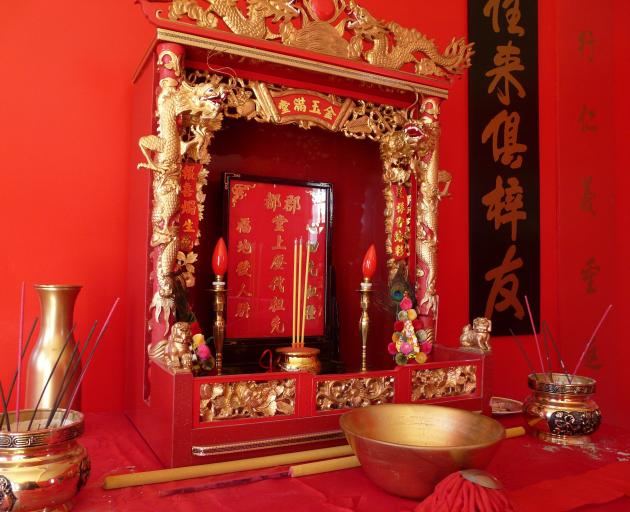
Given the right sort of increase in visitor numbers during stage 1 of the project between now and 2023, stage 2 would click into gear.
This included plans for a cafe/restaurant, accommodation in the style of miners' cottages, and further parking.
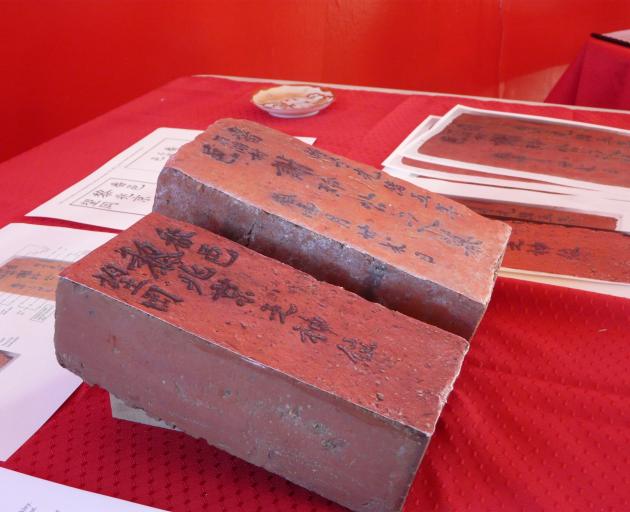
"Ultimately, we'd hope to see other attractions and accommodation options opening in Lawrence as it becomes a destination for more and more people."
Ms Shaw said the camp could also become a significant employer.
"This is a community project, and we'd like to see benefits accruing to the community as a whole."
Those anticipating bricks and mortar on the ground would have to wait a while yet.
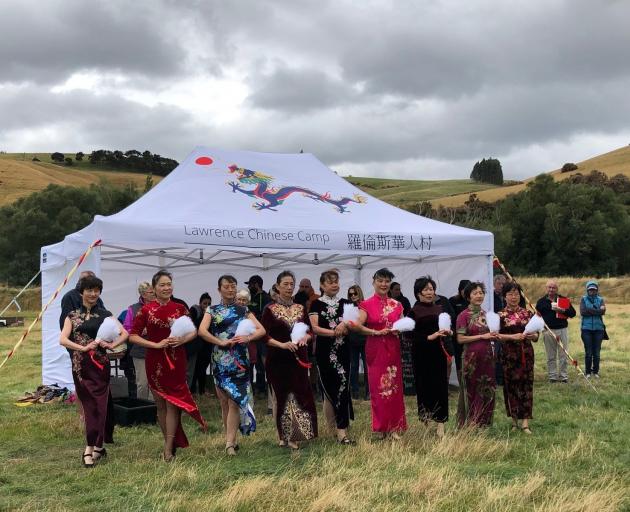
Now and during the project, community input would be welcomed, Ms Shaw said.
"We're well supported by Clutha District Council, Clutha Development and the Dunedin Chinese community, but we're at the stage of seeking pledges of goods and services to help with the physical aspects of the project itself.
"We're hoping it's a project Lawrence, and the wider region, will be excited to support in whatever way they can."
Many present day New Zealanders had ancestral links to the camp, and Ms Shaw's own family history neatly illustrated the joint stakes in the camp's history, held by Chinese and Europeans alike.
Her great-great-great-grandfather Chau Chu Taai, known as Chow Tie, was camp butcher in the late 1870s.
He went on to marry Scotswoman Grace Kerr, barmaid at the Chinese Empire Hotel, in 1885, one of many pioneering interracial marriages of the period.
"It's just one of the dozens of fascinating stories born here within the camp. We want to give those stories colour, and bring them back to life."












